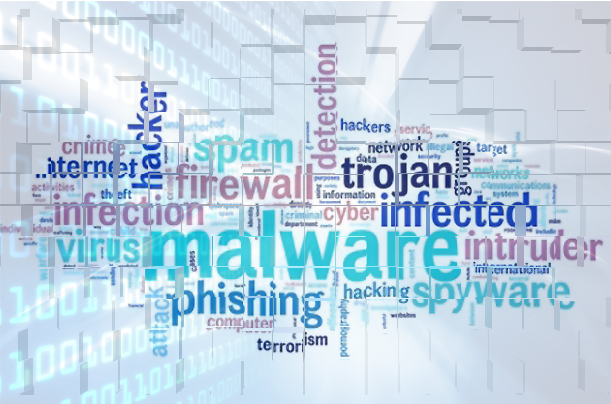
Malware-as-a-service (MaaS) provides a powerful malware solution for hackers. And Prometheus is the perfect example of such an infrastructure.
There’s money in everything and hacking is no different. But rather than extorting funds through ransomware, hackers can also design MaaS to generate some quick cash. MaaS takes the pain out of designing your own malware by offering a ready-made solution. And all you need to do is a pay a fee to use it. Typically, MaaS will give the user access to software which can distribute malware through malicious campaigns; this is exactly what Prometheus does.
As Prometheus, and all forms of MaaS, is so powerful, it’s important that you understand what it is and how to tackle it.
How Does Prometheus Work?
Prometheus has been available to purchase for a year now, with a subscription costing $250 per month. It uses two main attack strategies:
- Distributing MS Word and Excel documents which are infected with malware
- Using malicious links to divert victims to phishing websites
Subscribers to the Prometheus MaaS are given a central control panel from where they can launch their campaigns. From here they are able to configure various parameters to tailor their attacks e.g. targeting specific email addresses with a malicious call-to-action. Prometheus can also be used to assess potential victims. Using infected websites, Prometheus can collect data on visitors – such as IP address and user details – to assess which method of attack is best to launch. It’s a sophisticated form of hacking and one that requires high levels of awareness to combat.
It’s estimated that over 3,000 email addresses have been targeted by Prometheus as of this writing. These targets have included individuals in Europe and a number of government agencies and businesses in the US. While 3,000 potential victims may sound relatively small, it’s clearly best for every one of them to avoid it. And it is possible.

How to Combat Prometheus
Prometheus uses traditional methods to infect PCs with its malicious payloads, so it’s easy to avoid becoming a victim. All you need to do is practice the following:
- Check All Emails: Malicious emails are very good at hiding the fact that they are malicious. Therefore, it always pays to quickly verify every email. Is the email address correct or is it a strange variation e.g. security@micros0ft.com? Is there an unusual and urgent call-to-action in the email such as a “click here before you lose access to your account” link? Anything suspicious should be queried with your IT team immediately.
- Verify Links: It’s very easy to insert a malicious link into an email or website, so these need to be verified before clicking. For example, a link could be displayed as www.bankofamerica.com but hovering your cursor over this link will reveal the genuine destination. And this could be redirecting you towards a malicious website, so always verify your links.
- Scan All Email Attachments: Many antivirus software packages offer email attachment scans as one of their features. And it’s crucial that you activate this tool. Incoming email attachments will be scanned before they arrive in your inbox for any malicious content. Alerts will be activated when malicious files are identified and quarantined to protect your IT systems.
For more ways to secure and optimize your business technology, contact your local IT professionals.







